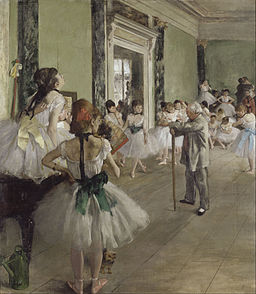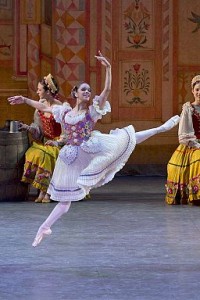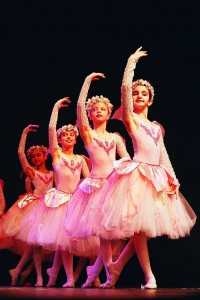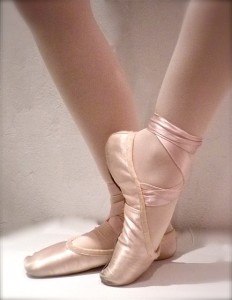With the U.S. women’s national soccer team winning the 2015 World Cup championship and ballerina Misty Copeland rising to the rank of principal dancer with the American Ballet Theatre, it’s been a banner summer for pioneering women and girls.
Achieving the rank of principal dancer is difficult for anyone. Misty Copeland faced additional obstacles as an African American. On top of that, as one of six children living in poverty with their single mother, she had no opportunity to attend the ballet let alone take classes.
Many others have written about the significance of Misty’s rise to the top of the ballet world. (Search for “Misty Copeland” and you will find additional articles and interviews.) For me, beyond the issue of race, a key part of the story is her faith in herself.
As an African American, Misty had few role models. Although she had a gifted and supportive mentor in Raven Wilkinson, she saw a world of white when she looked at the stage: white leotards and white tutus, white skin.
Despite that, she refused to allow others to dissuade her from becoming a classical ballerina. In an Under Armour commercial viewed by nearly 9 million people on YouTube, we see Misty dance as she reads from rejection letters giving a litany of reasons why she could not be a ballet dancer.
I don’t know that I could overcome such devastating rejection. She was the wrong body type and had the wrong feet? She was too short? Everything the ballet academies rejected about her were essential to who she was and what she looked like. They could not see her as a ballet dancer because so many of her component parts did not fit the classic ideal.
Misty finally had the opportunity to take ballet class when she turned 13. Although many considered her “too old to be considered,” she had caught a glimpse of a wondrous world, and her hard work and talent soon won her both critical acclaim and scholarships to continue her training. By the time she was 15—two short years after beginning her training—Misty was performing and winning recognition as an up-and-coming ballet star.
She didn’t stop there.
She set her sights not only on becoming a professional ballet dancer, but also on dancing for one of the world’s premier ballet companies. Even after she achieved her dream of dancing with the American Ballet Theatre, she still wrestled with doubts about herself. Yet she continued to work, she never gave up, and she set new goals.
We all fall prey to self-doubt whether we’re the student waiting to hear if he’s been accepted to his dream college or the athlete hoping to make her varsity soccer team. It’s how we face those self-doubts that defines us.
So often the difference between those who achieve their dreams and those who fall short is not a lack of talent but a lack of faith. In a previous post I quoted philosopher William James who said, “People by and large become what they think of themselves.”
What dreams do you nurture for yourself? What obstacles have you faced? What do you think of yourself?





